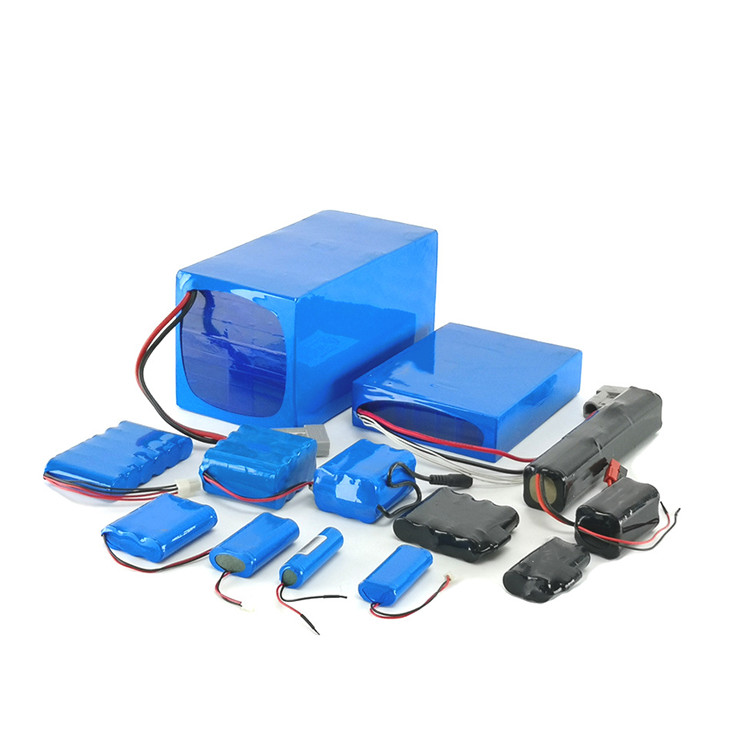What has affected the cycling performance of lithium-ion batteries?
June 20, 2018
Every person in the lithium industry has to consider the lithium-ion battery cycle performance, and a longer cycle life means less resource consumption. So what exactly determines the performance of the lithium-ion battery cycle?
Material type: The choice of materials is the first factor that affects the performance of lithium-ion batteries. The material with poor cycle performance was selected, the process was reasonable, and the process was perfected. The cycle of the cell core must not be guaranteed; better materials were selected, and if the subsequent process was slightly problematic, the cycle performance may not be poor. Extremely outrageous (Lithium cobalt oxide plays only about 135.5mAh/g and the lithium core is evolved. Although 1C is more than 100 times diving, it is 0.5C and 500 times is more than 90%. After the first core is disassembled, the negative electrode has black graphite particles. Batteries, normal cycle performance). From the material point of view, the cycle performance of a full battery is determined by the poor one of the cycle performance of the positive electrode and the electrolyte matched, and the cycle performance of the negative electrode and the electrolyte matched. The cycle performance of the material is poor. On the one hand, the crystal structure may change too fast during cycling so that Li-lithium delithiation can no longer be completed. On the one hand, the active material and the corresponding electrolyte may not generate a dense and uniform SEI film. The premature reaction with the electrolyte causes excessive consumption of the electrolyte and further affects the cycle. In the design of the cell, if one pole confirms that the material with poor cycle performance is used, the other pole does not need to select a material with good cycle performance and waste.
Positive and negative electrode compaction: If the positive and negative electrodes are compacted too high, although the energy density of the cell can be increased, the cycle performance of the material can be reduced to some extent.
Moisture: Excessive moisture can cause side reactions with positive and negative active materials, destroy their structure and affect circulation, and too much moisture is not conducive to the formation of SEI film. However, while trace amounts of water are difficult to remove, trace amounts of water can also guarantee the performance of the cell to some extent.
Coating film density: single variable considerations The effect of film density on the cycle is almost an impossible task. Inconsistent film density either results in a difference in capacity or a difference in the number of core wraps or laminations
Excessive negative electrode: Excessive negative electrode causes aside from considering the influence of the first irreversible capacity and the deviation of the coating film density, the influence on the cycle performance is also a consideration.
The amount of electrolyte: There are three main reasons for insufficient circulation of electrolyte: First, the amount of liquid injected is insufficient; second, although the amount of liquid injection is sufficient, the aging time is not enough, or the immersion of positive and negative electrodes due to excessive compaction is not Sufficient, the third is with the electrolyte inside the circulating core is consumed.
Objective conditions of the test: Charge/discharge rate, cut-off voltage, charge cut-off current during test, overcharge/discharge during test, temperature of test room, abrupt interruption during test, contact resistance between test point and cell, etc. Factors, will more or less affect the cycle performance test results.
Summary: As with the barrel principle, among the many factors that affect the cycle performance of the cell, the final decisive factor is the shortest of many factors. At the same time, there are interactions between these influencing factors. With the same material and ability to make, the higher the cycle time, the lower the energy density. It is the most important task to find the binding points that exactly meet the needs of customers and try to ensure the consistency of the batteries. .








 Sales
Sales Sales
Sales Sales01
Sales01
 Sales Manager
Sales Manager